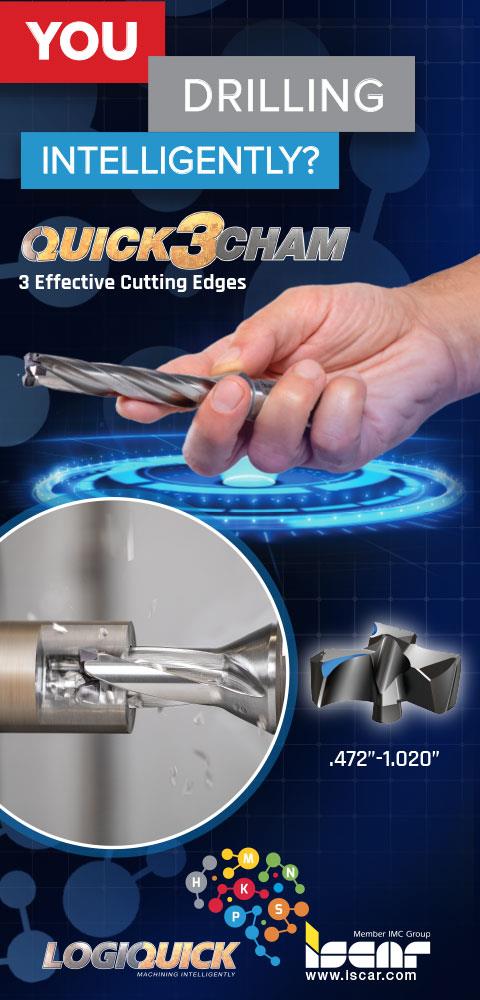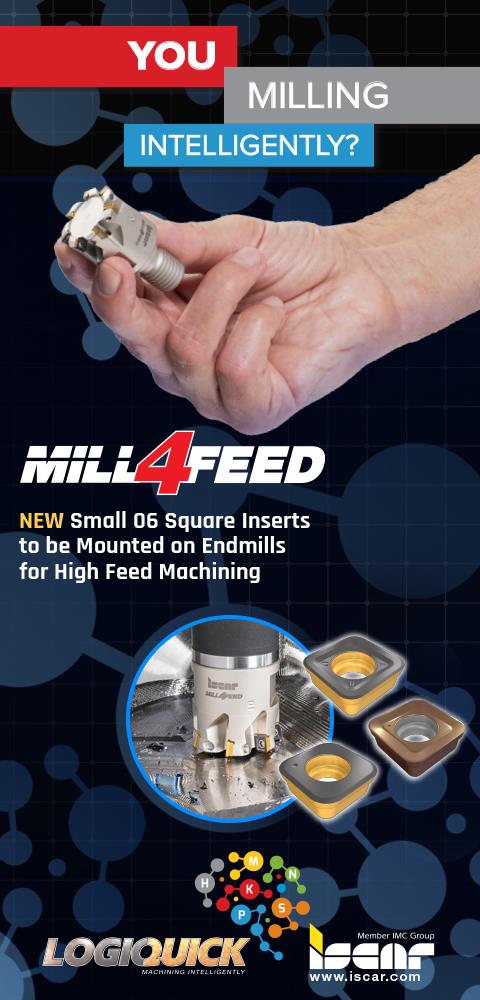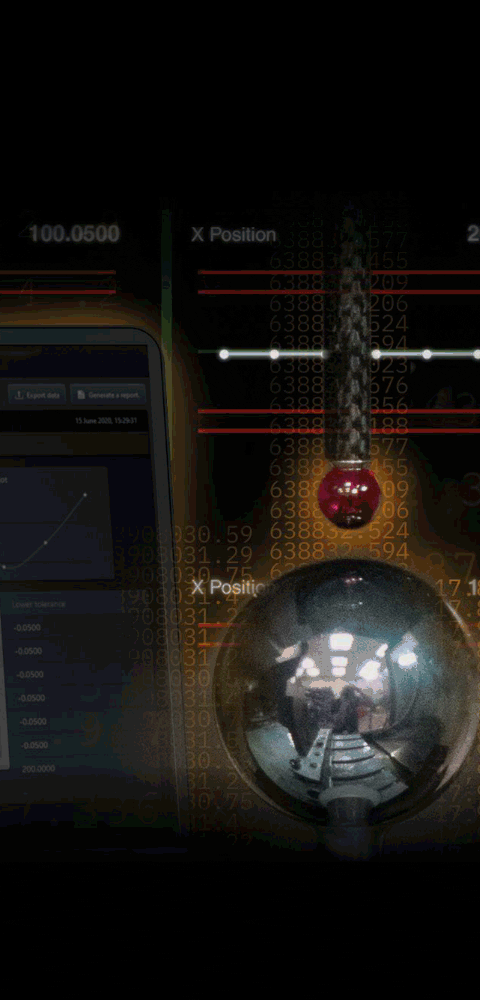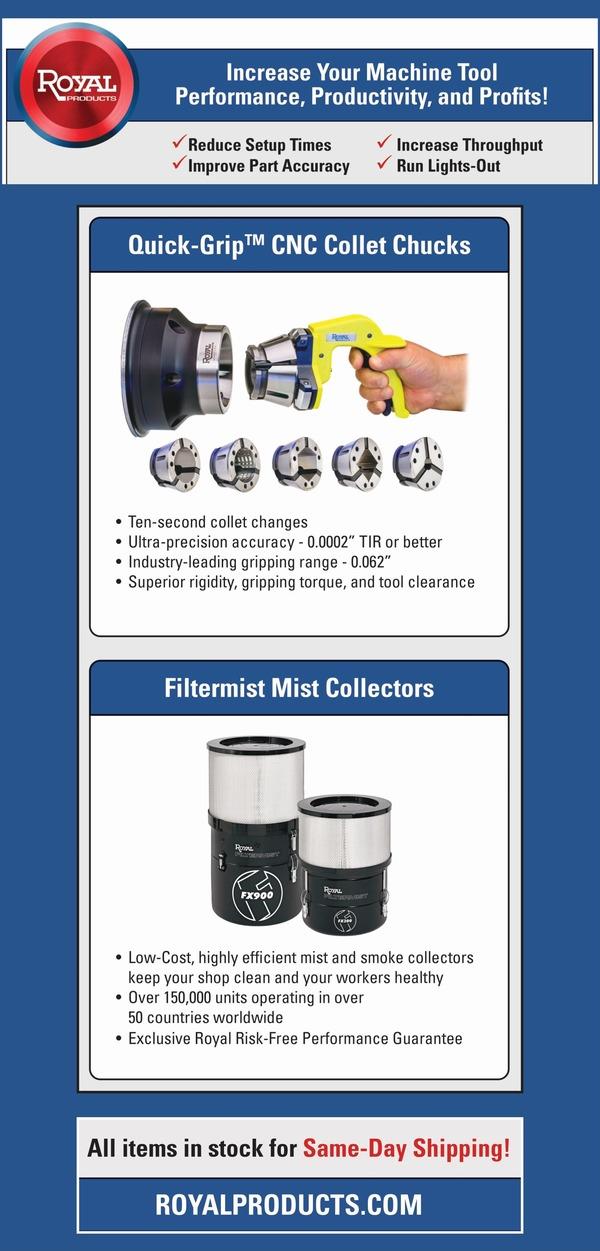










Monitor Surface Cleanliness to Reduce Failures
September 1, 2017
BTG Labs' Surface Analyst is a nondestructive instrument that uses contact angle to measure the cleanliness level of the top 2-3 molecular layers of a surface. It is suitable for use in industries such as automotive, aerospace, electronics, medical device and consumer goods to optimize painting, coating, bonding, sealing, printing or cleaning processes.
"Understanding and monitoring surface cleanliness within manufacturing is necessary for accurate process control and proper adhesion," said a company spokesperson. "Traditional surface measurement methods include dyne inks and water break tests, which are highly subjective and can be hazardous to the testing surface and the user. Benchtop goniometers can be an accurate solution; however, the instrumentation requires a skilled technician and a laboratory setting.
"BTG Labs Surface Analyst is the key to a process control method that is both accurate and easy to use right on the factory floor. Measuring and monitoring surfaces is crucial at various steps within the manufacturing process including supplier quality checks, surface preparation and even troubleshooting."
The Surface Analyst can be used in the following ways:
- Develop appropriate surface preparation processes and guarantee performance. "There are dozens of surface preparation processes, including grit-blasting, plasma treatment, solvent wiping, washing and more," said the spokesperson. "Each process produces different results. For specific surface treatment processes - automotive, aerospace, medical or electronic - the Surface Analyst determines the desired surface cleanliness level and way in which to achieve that level in a repeatable manner. Without a way to verify and monitor these preparation processes, this step is pointless."
- Verify the condition of incoming surfaces from suppliers. "Supplier verification is crucial to the manufacturing process, but can be difficult and even impossible without a way to measure surface cleanliness," said the spokesperson. "With the Surface Analyst, both the manufacturer and the supplier can verify the validity of the part quantifiably and objectively and ensure a cohesive process."
- Confirm and document proper surface treatment on the manufacturing floor or during repairs. "On the factory floor, the Surface Analyst instantly confirms a part's appropriate cleanliness," said the spokesperson. "When failed bonds require repairs, the Surface Analyst also ensures a successful bond to prevent further failures. The instrument stores every measurement, which may be collected and formed into useful data to monitor consistency and create an audit trail."
- Determine the effect of aging on surface preparation. "Often, after preparing a surface, time passes before the next step in the manufacturing process," said the spokesperson. "Without knowing how long the surface preparation lasts on the shelf, the process could be rendered pointless and the surface treatment lost. Monitoring surface cleanliness levels in this lay time allows manufacturers to create an optimized and compete surface treatment process."
- Troubleshoot surface preparation processes. "Occasionally, coatings bubble, paint peels or a bond fails," said the spokesperson. "When this happens, the surface preparation process requires reexamination. This can be a simple or complex process, depending on the procedure. The Surface Analyst can identify where and when a step needs refining."
For more information contact:
BTG Labs
5129 Kieley Place
Cincinnati, OH 45217
513-469-1800
www.BTGLabs.com
< back